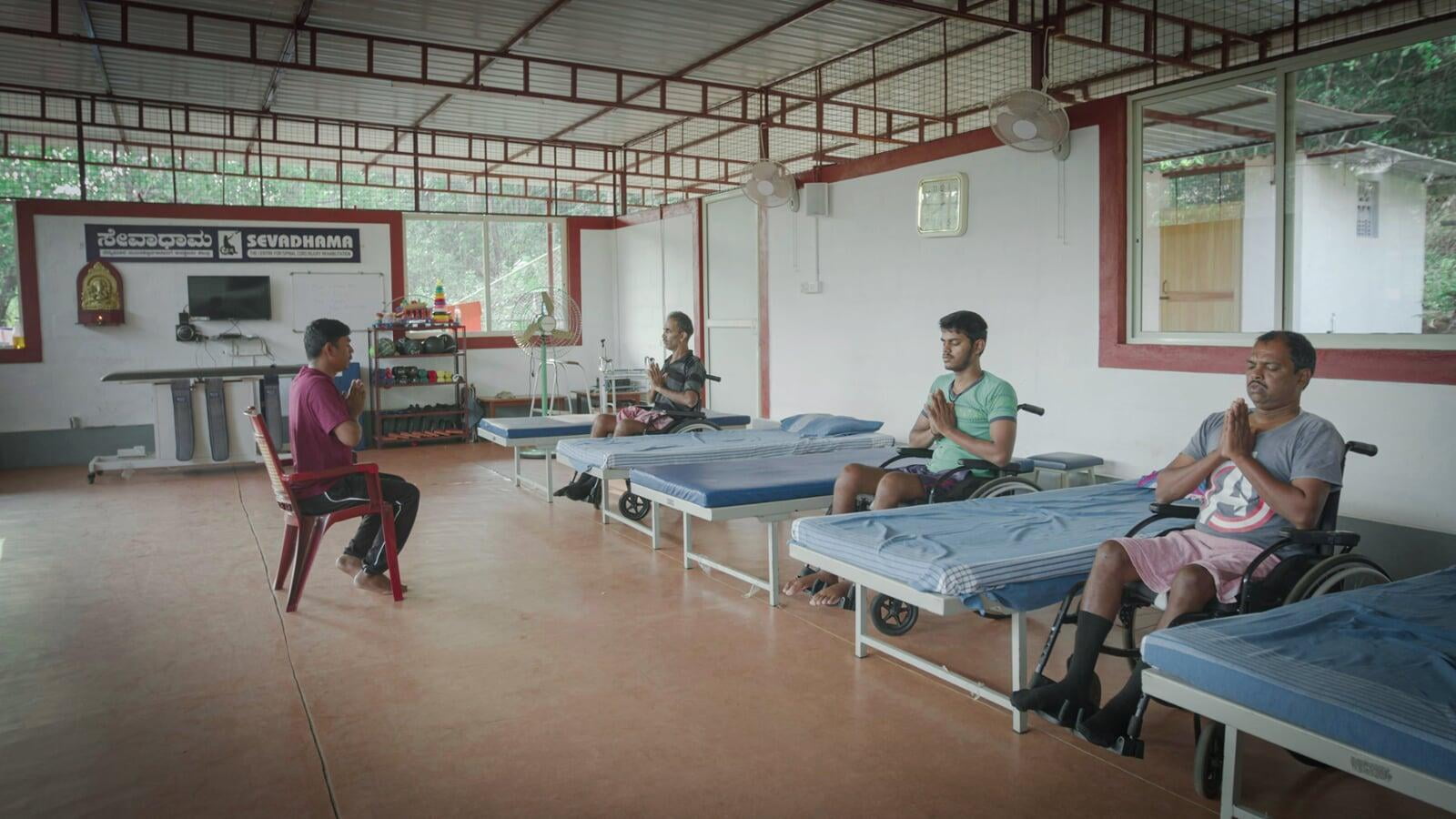Physiotherapy
Physiotherapy :
Physiotherapy or physical therapy is one of the allied health professions that aims to improve a patient's existing abilities, mobility, function, overall well-being and capacitate them to live their life independently. Physical rehabilitation, injury prevention, and health and fitness are all areas where physical therapy can help. Physiotherapists assist in encouraging an active participation in one's own healing process.
WHY :
Every individual needs reintegration into a normal and healthy life. Rehabilitation is a multidisciplinary strategy that enables an individual to make the greatest use of their existing abilities and functions in order to reclaim a dignified, self-sufficient, and obstacle-free life.
USES:
- Restorative approach: Regaining of lost functions
- Compensatory approach: Use of adaptive aids and other existing functional abilities that are employed to execute tasks in a different way.
- Pain care: Pain can greatly interfere with normal functioning and wellbeing of an individual. Physical therapy makes use of various manual therapy techniques and electro-therapeutic modalities to treat soft tissues, muscle and joint pains.
- Learning Self-management skills.
- Awareness regarding safe transfers, locomotion.
- Postural modification: A poor posture not only affects an individual aesthetically but also exerts an undue strain on the musculoskeletal system of the body, alters the centre of gravity that further predisposes the individual to instability, loss of balance and fall. Physical therapy techniques include postural modification in the form of stretching of the tightened side and strengthening of the weaker side to bring the body to right alignment. External appliances like orthotic devices and braces are also prescribed when the postural mal-alignment is a fixed or structural deformity.
- Knowledge on prevention and precautions of injury.
Physiotherapy :
Physiotherapy or physical therapy is one of the allied health professions that aims to improve a patient's existing abilities, mobility, function, overall well-being and capacitate them to live their life independently. Physical rehabilitation, injury prevention, and health and fitness are all areas where physical therapy can help. Physiotherapists assist in encouraging an active participation in one's own healing process.
WHY :
Every individual needs reintegration into a normal and healthy life. Rehabilitation is a multidisciplinary strategy that enables an individual to make the greatest use of their existing abilities and functions in order to reclaim a dignified, self-sufficient, and obstacle-free life.
USES:
- Restorative approach: Regaining of lost functions
- Compensatory approach: Use of adaptive aids and other existing functional abilities that are employed to execute tasks in a different way.
- Pain care: Pain can greatly interfere with normal functioning and wellbeing of an individual. Physical therapy makes use of various manual therapy techniques and electro-therapeutic modalities to treat soft tissues, muscle and joint pains.
- Learning Self-management skills.
- Awareness regarding safe transfers, locomotion.
- Postural modification: A poor posture not only affects an individual aesthetically but also exerts an undue strain on the musculoskeletal system of the body, alters the centre of gravity that further predisposes the individual to instability, loss of balance and fall. Physical therapy techniques include postural modification in the form of stretching of the tightened side and strengthening of the weaker side to bring the body to right alignment. External appliances like orthotic devices and braces are also prescribed when the postural mal-alignment is a fixed or structural deformity.
- Knowledge on prevention and precautions of injury.




